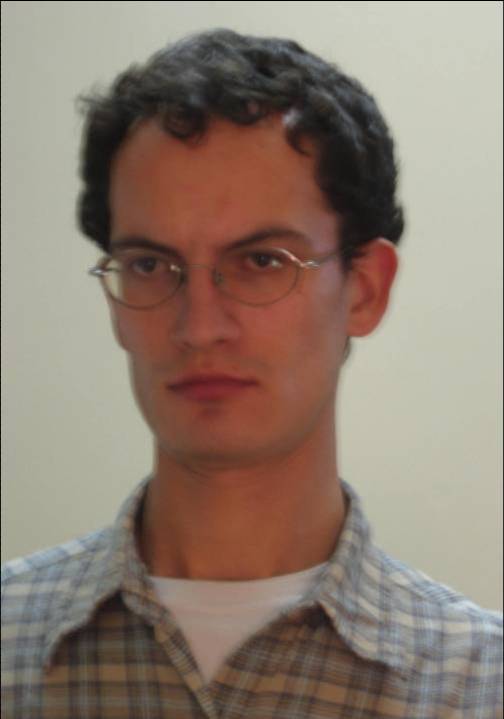International art biennials remain unexplained to the extent that conventional approaches to their understanding do not provide sufficient reasons for their spread as institutional form. Only approach that couples developed theoretical framework with empirical support can shed light on the constitutive processes that while belonging to local situation of each city, country, and region connect, within the comparative perspective, to developments that occur across time and space.
Likewise, the questions of institutional continuity and change refer directly to the change in the order of modernity that emerges on variable scales of generality that range from local to global without losing their connection to social, cultural, and economic preconditions as factors in production and reproduction of each aspect that bears on such representative form as international art exhibitions. Not only means for promotion of social consensus, for which mass media, cinema, literature, and other cultural institutions make their own contributions, art biennials are part of social scene that converge on high culture, which stands in homologous relationship to processes of successful accumulation of political, economic, and social capital.
In this regard, such example as the Guggenheim Museum shows how accumulation of economic and cultural capital succeed or fail to translate into one another, especially when the checkered record of the history of the global expansion of the museum is considered. Since international biennials do not weigh as heavily in terms of urban politics as museums do, vis-a-vis the rights to the city, boundaries between public and private spheres, and relations between business and government, they provide the base of repeated sampling of the relations among the processes of reproduction of politics, economy, society, and culture with two-year intervals.
In this respect Documenta art exhibition in Kassel, Germany, represents certain anomaly in terms of institutional analysis of art biennials since it takes place, since 1970s, every five years, which to certain extent marginalizes it from the international scene of international art events. The period from 1987 to 2007 could represent a transitional period both for the cities around the globe and for European contexts when the number of biennials around the world has steeply increased, which must have forced such venerable exhibition institutions as Venice Biennale, Sao Paulo Biennial and Documenta Exhibition to redefine their institutional identity in this greatly changed field of international art events.
Likewise, while international art festivals take place on the margins of the art world, they are by no means outside of the processes that underlie the relevance and conditions of possibility of art biennials. For that reasons, transitions in the course of each city, country, and region within the overall structure of modernity, as it has changed on the global scale, may also be represented through allegorically significant film exhibitions, especially as art museums all over the world have increasingly included film, alongside video, into the repertoire of means for attainment of consecration in the field of art. Most notable in this regard are art house film auteurs who within the widening circuit of film festivals develop their reputations and attain access to audiences around the world.
The spreading ubiquitousness of film festivals, art biennials, and other cultural events not only speaks of the increase in importance of culture as driver of economic growth, as increasing number of cities stake their fortunes on the influx of tourists, but also of the shift of the emphasis from the accumulation of surplus value based on the material production to the accumulation of capital on the basis of cultural production as described by Gerhard Schulze. The transformation that such transition can force upon the dynamics underlining the structure of modernity on multiple scales ranging from local to global must find its reflection in the international art exhibitions as institutional arrangements that are open to external influences most.
Thereby the necessity to reconsider the changes that the culture of modernity has underwent since the year 1987, as relatively arbitrary date corresponding to the status quo ante the fall of the Berlin wall, to the year 2007, the time of writing of these lines, necessitates careful consideration of the salient defining features that Richard Muench has obtained in the process of his analysis of England, United States, France, and Germany.
More detailed analysis of such other states as Brazil, Russia, India, and China, apart from being the four emerging economies of the early 2000s, offer both historical parallels to the historically constituent nations of the Western modernity and incite reconsideration of the structure of the global modern moment in terms that could provide consistent analytical framework for theoretically-informed comparison of this partial list of nations that by no means precludes further additions to or ramifications of analysis.
Thereby international art biennials serve as starting points of comparative analysis among established and emerging centers of cultural production.
Friday, October 12, 2007
Subscribe to:
Posts (Atom)
